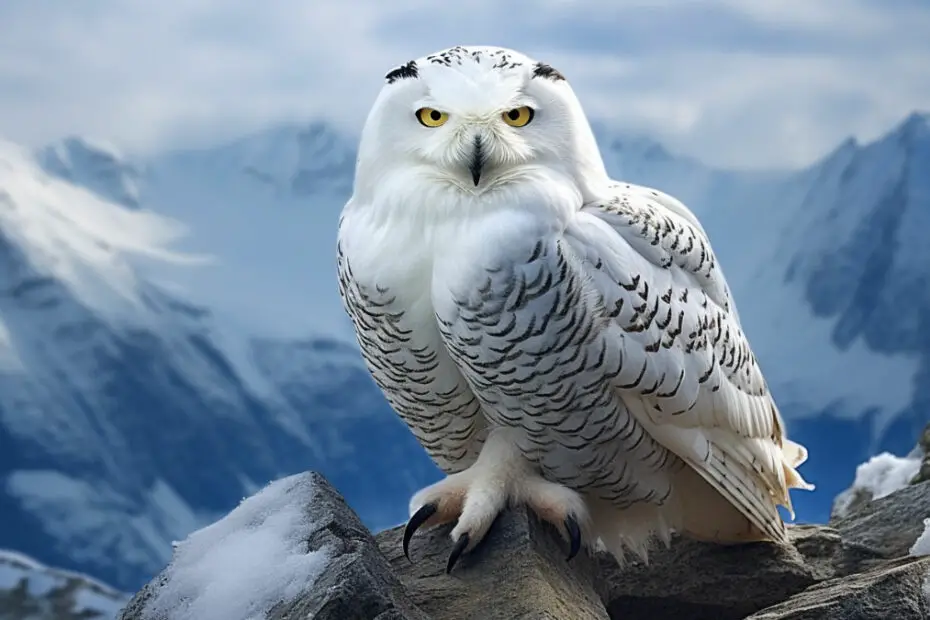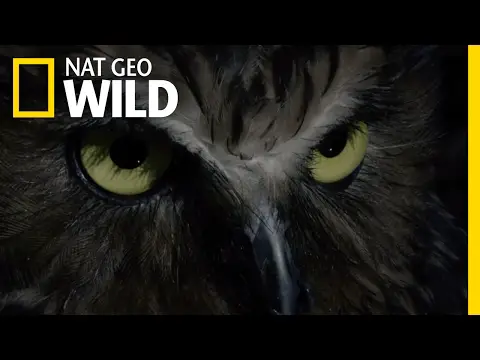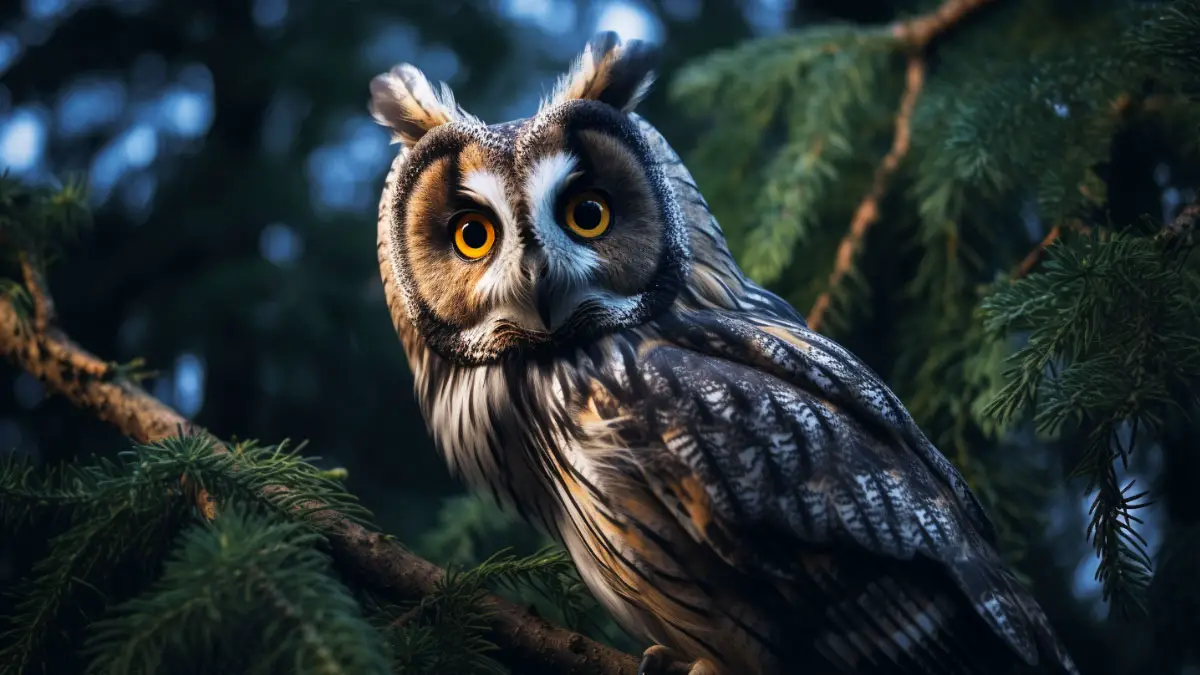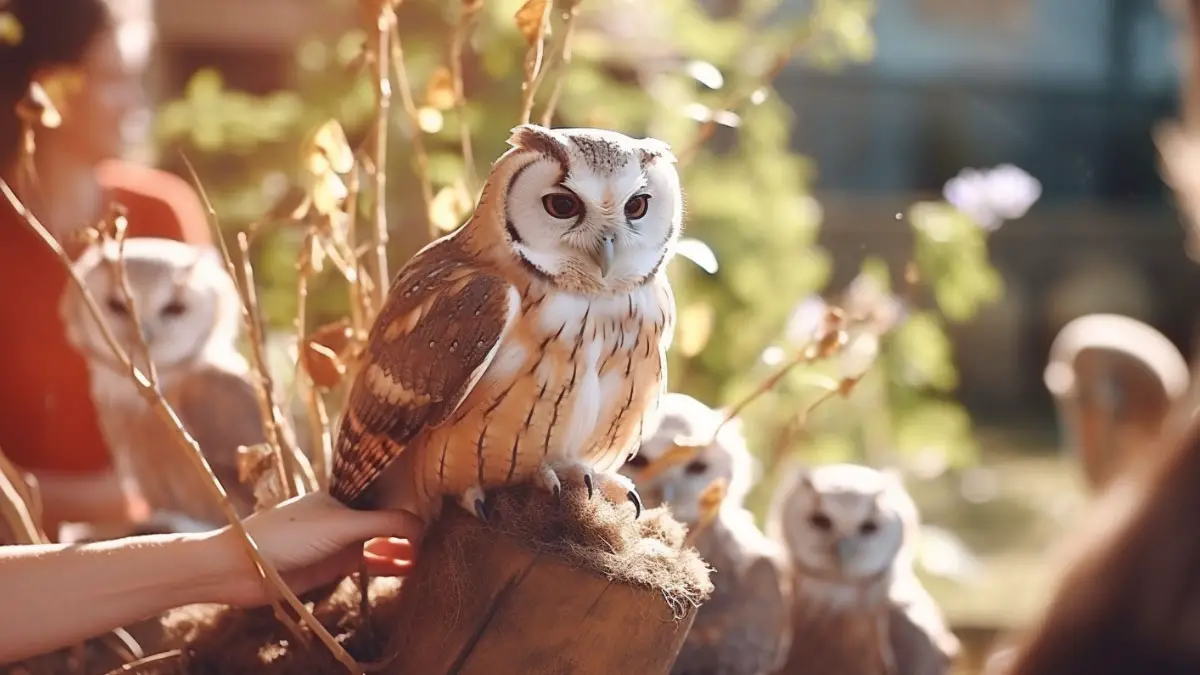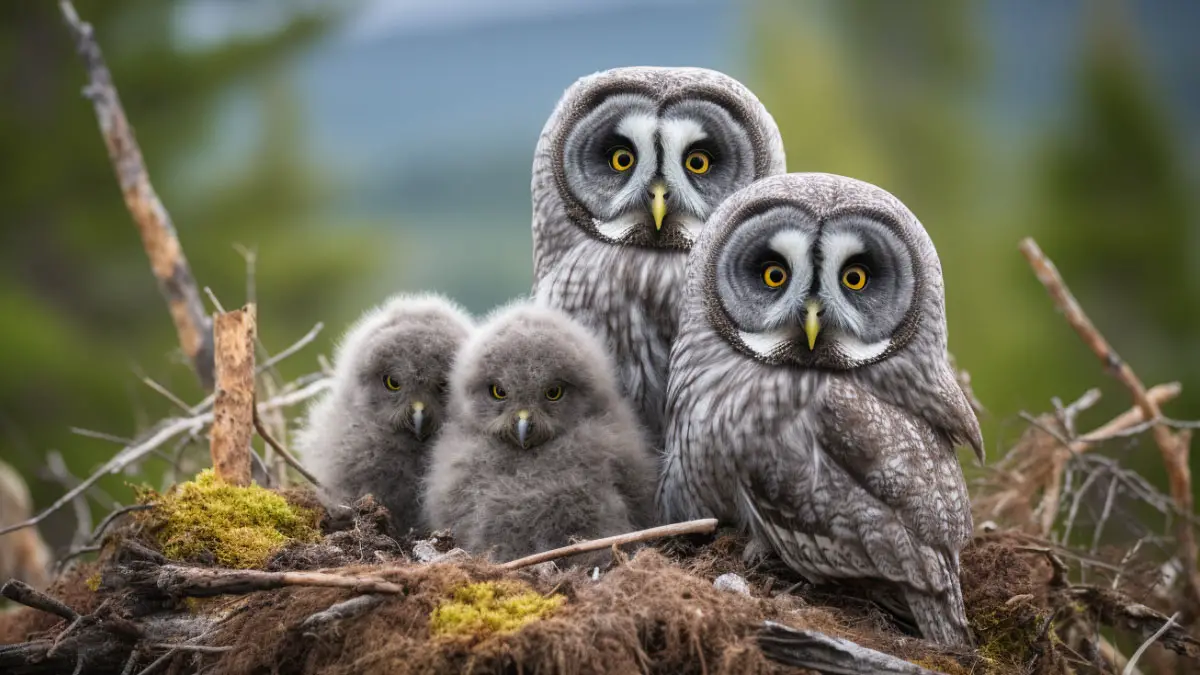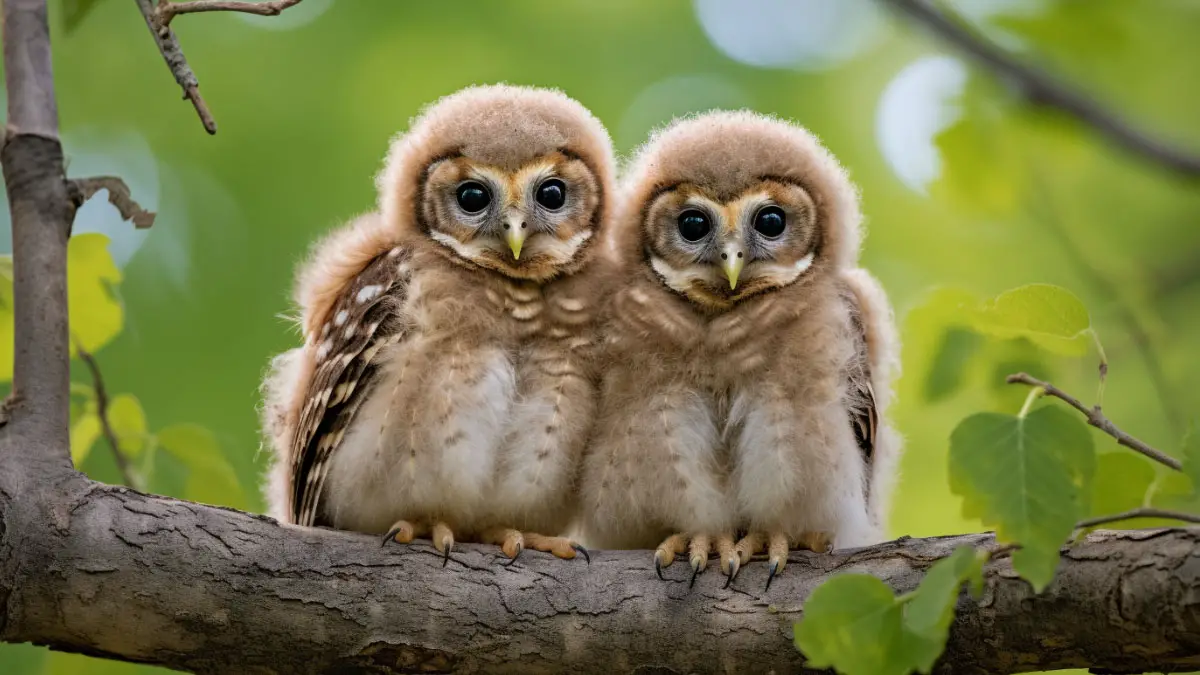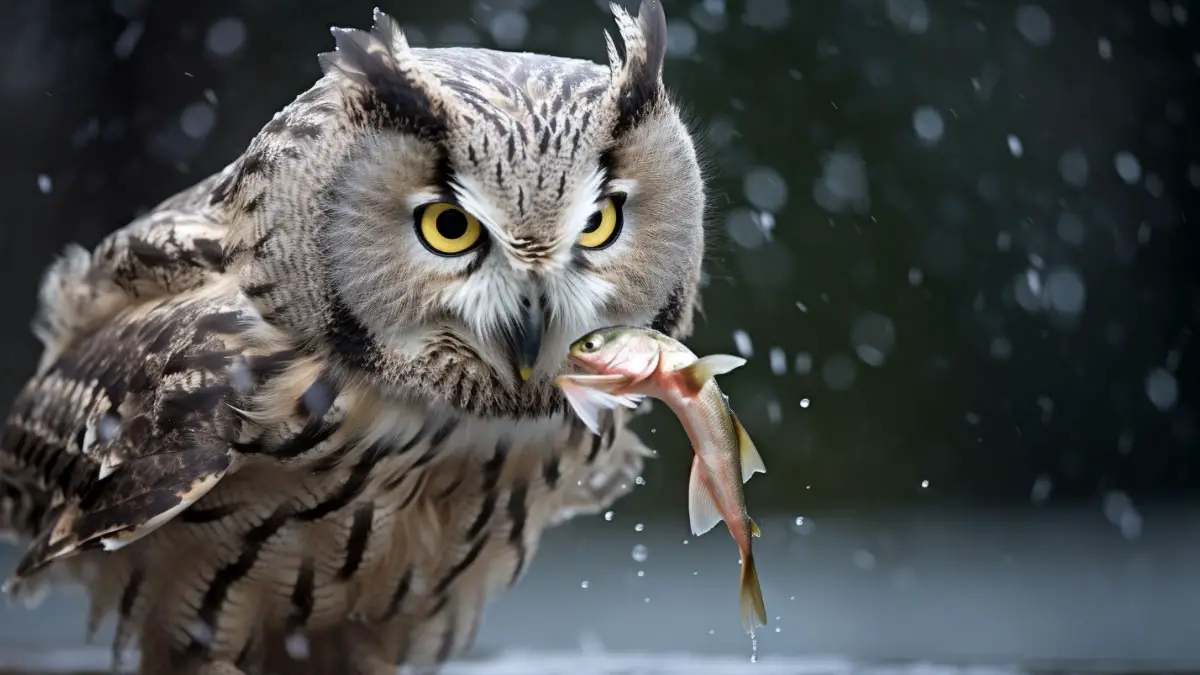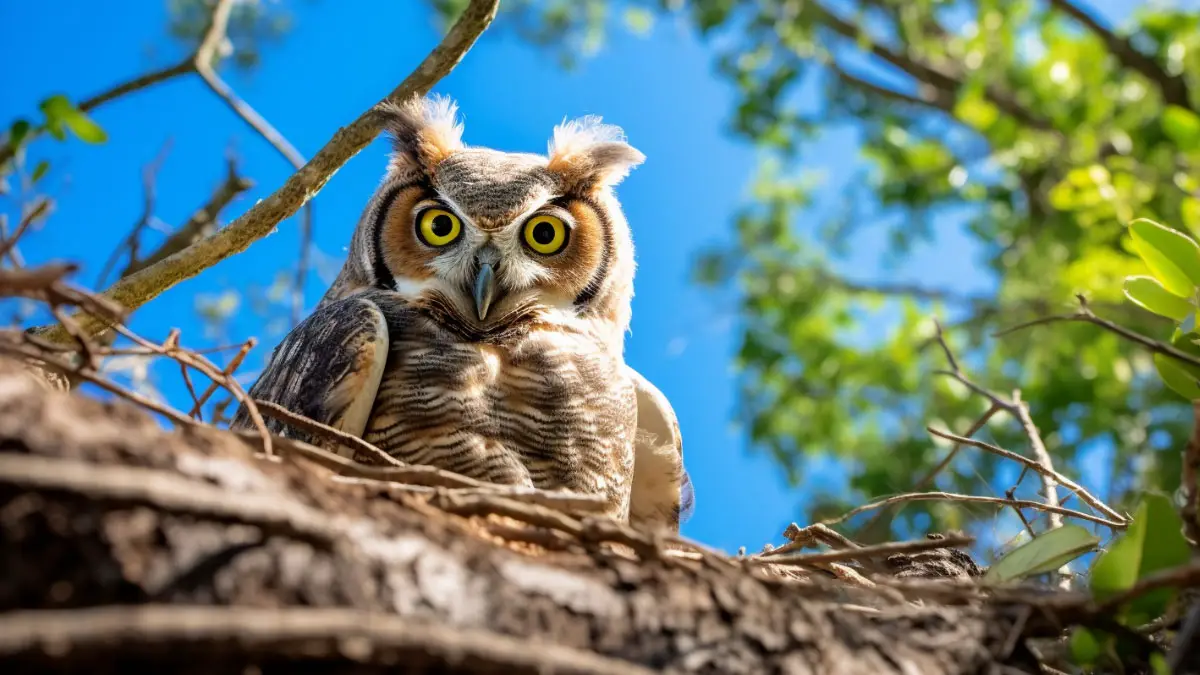There are about 250 species of owls in the world. Different species have different regional habitats. However, nowadays, many owl species are decreasing.
This raises the question, “Are owls at risk?” Well, this doesn’t have a one-word “yes” or “no” answer. Since there are many species, some owl species are endangered, including Blakiston’s Eagle-owl. Though endangered species are at risk, not the least concerned are.
In this article, I will discuss some endangered species, along with the least concern and others. So, stick with this guide to learn more about the owl’s status worldwide.
Endangered Species: Are Owls at Risk?
As I mentioned earlier, all species are not at risk. The species that are listed as vulnerable, endangered, and critically endangered by the IUCN Red List are at risk.
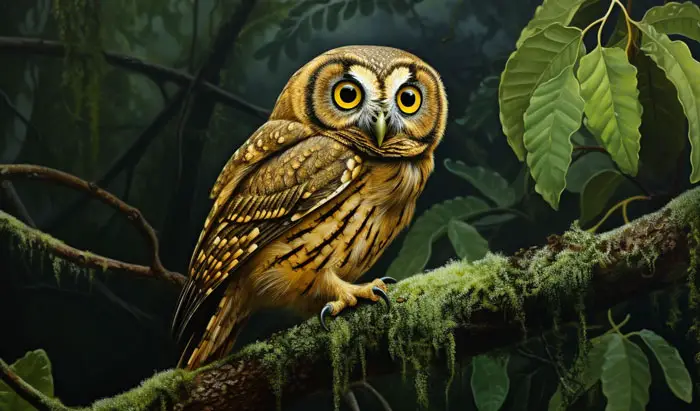
However, to understand the risk, you must first understand the meaning of vulnerable, endangered, and critically endangered. So, below, I have clarified the meaning of these terms.
- Vulnerable (VU): According to the International Union for Conservation of Nature, vulnerable species are those that have a high risk of extinction. The extinction may occur if the circumstances they live in and their reproduction don’t improve.
- Endangered (EN): Endangered species are the species that have a very high risk of extinction. The extinction may occur if the circumstances they live in and their reproduction don’t improve.
- Critically Endangered (CR): Critically Endangered species are the species that have an Extremely high risk of extinction. The extinction may occur if the circumstances they live in and their reproduction don’t improve.
What Are The Endangered Owl Species Worldwide?
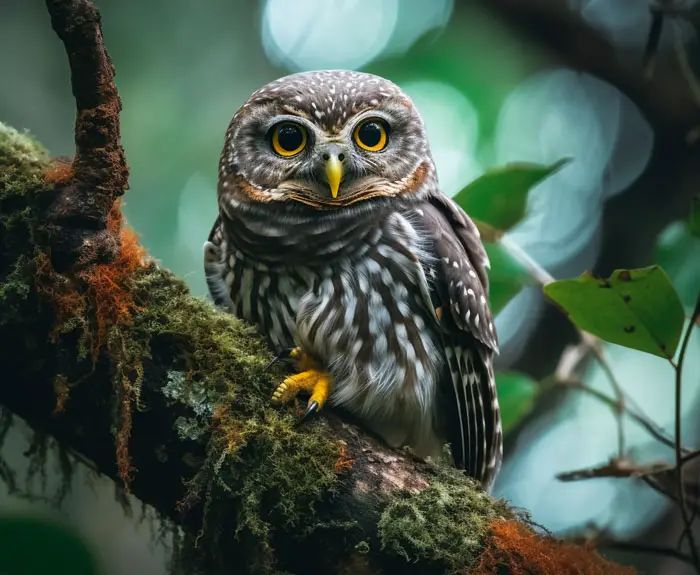
Here is a table showing the endangered owl species. The table is made with the help of data sources from the IUCN Red List/Owl.
| Owl Species | Scientific Name | Status (Worldwide) | Population (Adults) | Geographic Origin |
|---|---|---|---|---|
| Siau Scops-owl | Otus siaoensis | CR | 1-49 | Indonesia |
| Pernambuco Pygmy-owl | Glaucidium mooreorum | CR | 0-49 | Brazil |
| Annobon Scops-owl | Otus feae | CR | 50- 249 | Equatorial Guinea |
| Seychelles Scops-owl | Otus insularis | CR | 200-280 | Seychelles |
| Romblon Boobook | Ninox spilonotus | EN | 250-999 | Philippines |
| Least Boobook | Ninox sumbaensis | EN | 10,000-19,999 | Indonesia |
| Congo Bay-owl | Phodilus prigging | EN | 2,500-9,999 | Congo |
| Sokoke Scops-owl | Otus ireneae | EN | 2,500-9,999 | Kenya; Tanzania |
| Forest Owlet | Athene blewitti | EN | 250-999 | India |
| Anjouan Scops-owl | Otus capnodes | EN | 2,300-3,600 | Comoros |
| Moheli Scops-owl | Otus moheliensis | EN | 260 | Comoros |
| Blakiston’s Eagle-owl/ Blakiston’s Fish-owl | Bubo blakistoni | EN | 1,000-2,499 | Russian Federation (Eastern Asian Russia);Japan; China |
| Flores Scops-owl | Otus alfredi | EN | 250-2,499 | Indonesia |
| Snowy Owl | Bubo scandiacus | VU | 14,000-28,000 | Svalbard and Jan Mayen; China; Iceland; Japan; Kazakhstan; Latvia; United Kingdom; Finland; Greenland; Canada; Russian Federation; Norway |
| Sao Tome Scops-owl | Otus hartlaubi | VU | 250-999 | Sao Tome and Principe |
| Golden Masked-owl | Tyto aurantia | VU | 2,500-9,999 | Papua New Guinea |
| Shelley’s Eagle-owl | Bubo shelleyi | VU | 1,500-7,000 | Congo; Cameroon; Congo |
| Pemba Scops-owl | Otus pembaensis | VU | 3,000 | Tanzania |
| New Britain Boobook | Ninox odiosa | VU | 10,000-19,999 | Papua New Guinea |
| Visayan Scops-owl | Otus nigrorum | VU | 1,000-2,499 | Philippines |
| Santa Marta Screech-owl | Megascops gilesi | VU | 2,300-7,500 | Colombia |
| Camiguin Boobook | Ninox leventisi | VU | 250-1,400 | Philippines |
| Fearful Owl | Nesasio solomonensis | VU | 2,500-9,999 | Papua New Guinea; Solomon Islands |
| Biak Scops-owl | Otus beccarii | VU | 2,500-9,999 | Indonesia |
| Christmas Island Boobook | Ninox natalis | VU | 240-1,200 | Christmas Island |
| Javan Scops-owl | Otus angelinae | VU | 1,500-7,000 | Indonesia (Jawa) |
| Long-whiskered Owlet | Xenoglaux loweryi | VU | 250-999 | Peru |
| Cloud Forest Pygmy-owl | Glaucidium nubicola | VU | 1,500-7,000 | Colombia; Ecuador |
| Giant Scops-owl | Otus gurneyi | VU | 2,500-9,999 | Philippines |
| White-fronted Scops-owl | Otus sagittatus | VU | 2,500-9,999 | Malaysia; Thailand; Myanmar |
The world’s biggest owl, called Blakiston’s Eagle-owl/ Blakiston’s Fish-owl, is also endangered. See how this mighty hunter hunts on fish.
What Are the Reasons Owl Population Is at Risk?
Now you know if the owl species that are in VU, EN, and CR states will be extinct if they can’t reproduce. But why does this happen? What are the reasons behind the situations that keep the owl species at risk?
There are some crucial factors that affect the population of owls. Let’s see how they affected their population.
Loss of Habitat
Forests and grasslands are the main habitats of owls. Deforestation and loss of grasslands greatly impacted the habitats of owls. Humans cut down the trees and clean the grassland to make their habitat, industries, and so on.
As a result, the habitat opportunities for owls and other wild animals are expected to decrease.
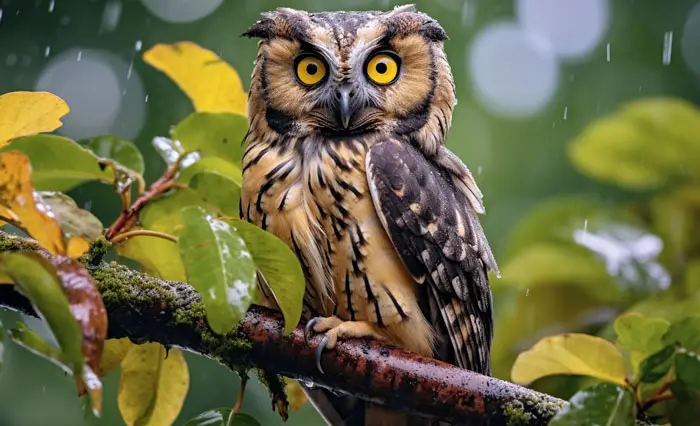
According to the FAO of the UN, from the year 2000 to 2020, 4.7 million hectares of forest were lost per year on average worldwide. Though the rate is decreasing compared to previous decades, it is still huge and impacts the habitat of owls.
On the other hand, according to the World Wildlife Fund(WWF), in 2021, just America and Canada lost 1.6 million acres of grasslands. So you see how these impact the habitat of wildlife, including owls.
Diseases
Diseases also have a great impact on wild owls. Diseases like Gongylonema sp, Blood Parasites, Herpesvirus Infection, etc., have a huge impact on owls. As a result, their breeding capacity is decreased, and this impacts their population growth.
Aside from these, owls also suffer from Salmonellosis, West Nile Virus, Cryptococcosis, etc., viruses that impact their lifespan and breeding rate.
Lack of Prey
Insufficient food availability also has a great impact on the owl population. Lack of prey drives the species to decrease the reproduction and survival of adults.
The scarcity of food also forces the owl species to cover a large area to search for food, which results in conflict with other predator birds like eagles, hawks, etc.
Aside from these, this also brings competition with other owls for food, and the survival rate decreases over time.
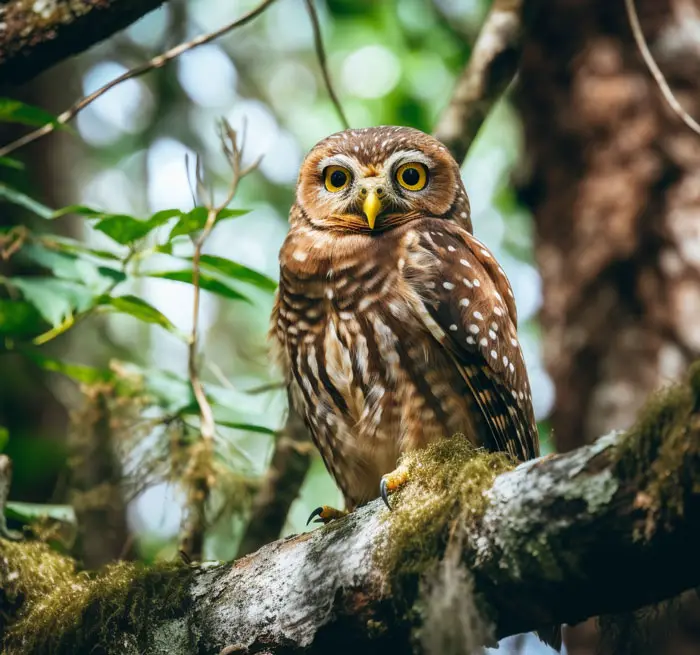
Hunting
Illegal poaching of owls by poachers also impacts the population of owls in certain areas. Poachers kill these birds for their lovely feathers to make money.
As a result, poaching increases the mortality rate, disrupts breeding behavior, decreases territory defense, and changes in population.
Climate Change
Climate change due to deforestation and urbanization also impacts the owl population. Climate change impacts the habitat and prey availability, increases or decreases the normal temperature, and forces owls to migrate.
Climate change also impacts the survival ability of owls due to changes in temperature.
Action We Should Take to Conserve Owls
To save the species worldwide, we, including the general people and governments, should ensure the following things.
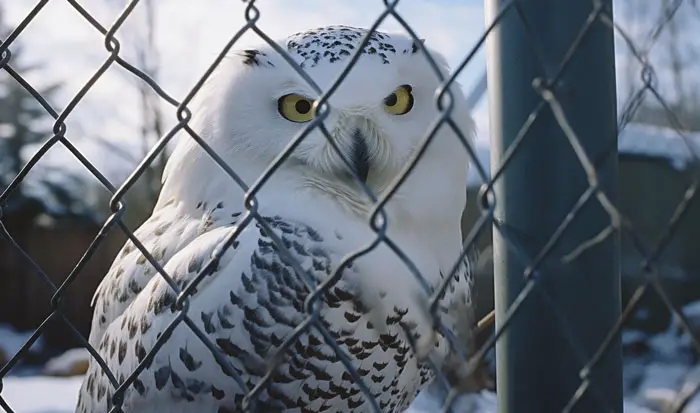
Habitat Conservation
We destroy wildlife habitats by deforestation. It is crucial to restore and protect the natural habitat of owls and other wildlife. To do so, we have to do some particularly planned tasks.
- Limited Habitat Fragmentation: We have to limit urbanization. Also, we have to go for multiple agricultural projects on limited lands.
- Promoting Sustainable Agriculture: We need to go for sustainable agriculture, too. In the sustainable agriculture model, humans will support both agriculture and owl conservation.
In this regard, integrated pest management is a great way for sustainable agriculture, where owls will control your land pests. This will make a balanced environment for both your farming and the survival of owls by providing prey to owls for their survival.
Avoidance of Human Disturbance
Don’t disturb the habitat area of owls. Disturbance includes making loud noises, accessing the breeding and nesting area of owls, etc.
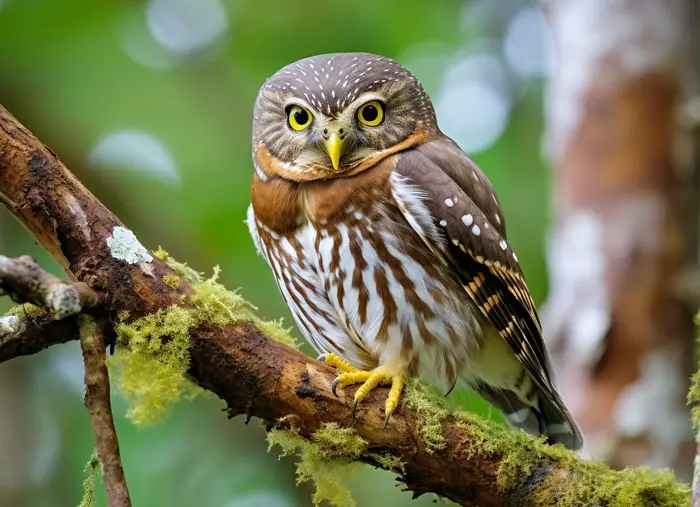
Hunting Regulations
Governments have to impose strict hunting regulations for owls. Precise laws must be implemented with precise penalties for illegal hunting and killing of owls.
Education and Awareness
- You can promote humans’ responsibilities to wildlife.
- Also, educate people about the crucial ecological importance of owls.
- Educate people about conserving the habitat of owls and not destroying forests and grasslands.
- Also, people should not hunt wildlife unnecessarily and illegally. Aware people about climate change due to their activities, as well.
FAQs
Here are some frequently asked queries about the endangerment of owls.
Though owls are at the top of the food chain, they also have some predators. Predators, including raccoons, eagles, and other predatory animals, and birds prey on them.
When they are threatened with preying, they hiss and clack to scare off the predators.
In the USA, owls are protected species. The federal and state law protects them. Any kind of hunting and killing of them is strictly prohibited.
Rodents can harm the corps of farmers. On the other hand, owls are at the top of the food chain. They prey on rodents and keep the population in control. It is important to protect them to keep the ecosystem’s balance.
Conclusion
So, from our guide on “Endangered Species: Are Owls at Risk?” you would know which species are endangered. Humans have a great impact on their sustainability as all the problems they face are brought by humans.
So, we need to be aware and ensure a living environment for them. We should save our earth from deforestation and climate change. We also should let the wildlife live their life and refrain from hunting them illegally.
With our empathy, owls and other wildlife can get out of the risk of extinction.
